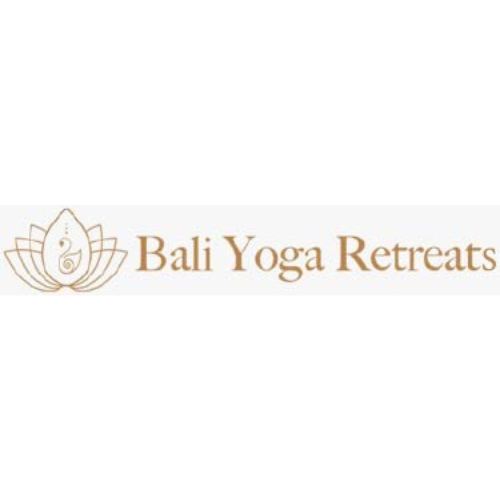Articles
Yoga for Office Workers: Relieving Desk-Related Stress

Share article
Long hours at a desk, tight deadlines, and constant screen time can take a toll on both the body and mind. Office workers often experience stress, poor posture, and muscle tension, which can lead to fatigue and even chronic pain. Yoga offers a practical solution, combining movement, breath, and mindfulness to combat these common workplace challenges.
Why Office Workers Need Yoga
Sitting for prolonged periods compresses the spine, tightens the hips, and weakens core muscles. This physical strain can lead to headaches, back pain, and reduced energy levels. Additionally, mental stress from work pressures can result in anxiety and lack of focus. Yoga addresses both physical and mental health, helping office workers maintain balance and productivity throughout the day.
A Quick Yoga Routine for Desk Stress
Even a short daily practice can make a significant difference. Here’s a simple yoga routine designed for office workers:
1. Seated Cat-Cow Stretch
Sit at the edge of your chair with feet flat on the floor. On an inhale, arch your back and lift your chest (Cow Pose). On an exhale, round your spine and draw your chin toward your chest (Cat Pose). Repeat for 5–10 breaths to relieve tension in the spine and shoulders.
2. Shoulder Rolls and Neck Stretches
Roll your shoulders backward and forward slowly to release stiffness. Tilt your head gently side to side and forward to stretch the neck muscles. This practice reduces shoulder tightness and prevents headaches caused by prolonged computer work.
3. Seated Twist
Sit upright and place your right hand on the back of your chair. Twist gently to the right while keeping your spine long. Hold for 5 breaths, then switch sides. Twists improve spinal mobility and stimulate circulation, which counteracts the effects of sitting for long hours.
4. Standing Forward Fold (Uttanasana)
Stand up with feet hip-width apart. Hinge at the hips and fold forward, letting your head and arms hang. This pose stretches the hamstrings, relieves tension in the back, and promotes relaxation.
5. Desk or Wall Downward Dog
Place your hands on your desk or a wall and step back, forming a gentle inverted V-shape with your body. Press your chest toward your thighs and heels toward the floor. This pose stretches the spine, shoulders, and calves while boosting energy and focus.
6. Deep Breathing and Mindfulness
Finish with 1–2 minutes of deep, slow breathing. Inhale deeply through the nose and exhale completely through the mouth. Focusing on your breath calms the nervous system and reduces mental stress. Practicing mindfulness during work breaks can significantly improve concentration and emotional balance.
Taking Your Practice FurtherFor those looking to deepen their yoga practice and learn techniques to manage stress more effectively, enrolling in a 200 hour yoga ttc in bali can provide comprehensive training. Such programs teach not only postures and breathing techniques but also meditation, mindfulness, and ways to integrate yoga into everyday life.
Final Thoughts
Yoga is a powerful tool for office workers seeking relief from desk-related stress. By incorporating simple stretches, mindful breathing, and posture awareness into daily routines, it is possible to reduce tension, improve focus, and enhance overall well-being. Whether practiced at home, in the office, or as part of a structured program, yoga transforms the way you work and live.
Advertisement

